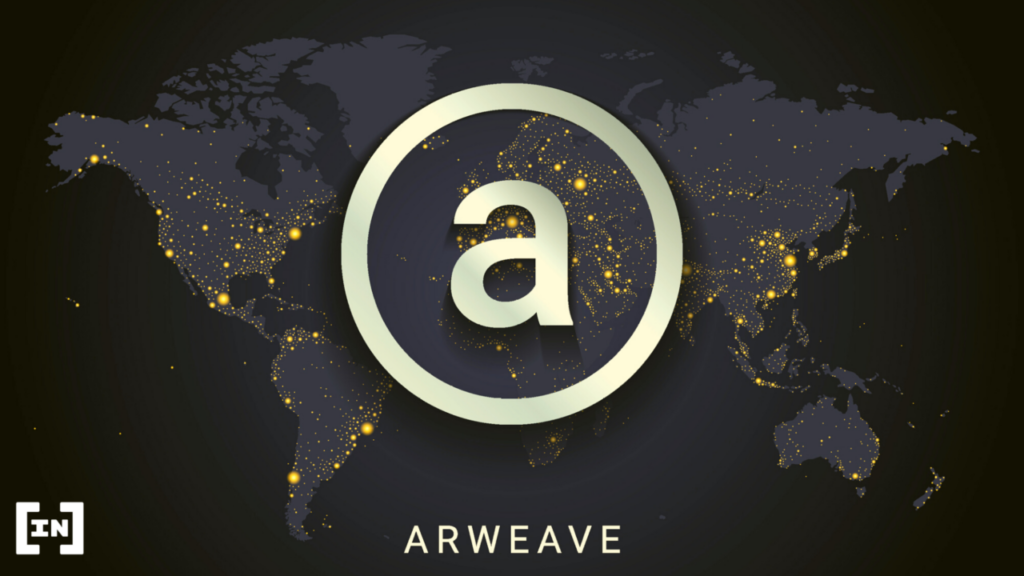Arweave Attracts More Chinese Content Creators in Fight Against Censorship

In China, residents turn to NFTs stored on the blockchain using Arweave to record moments of the pandemic and other censorable media.
Arweave, a blockchain-based storage solution, is a new type of blockchain based on Moore’s Law of the declining cost of data storage. Users pay upfront for a hundred years of storage at less than a cent per megabyte, and the interest that accrues will cover the dwindling storage cost forever. Over 1 million pieces of data are currently stores on the permaweb, with around 200 apps already developed.
For many Chinese citizens, using the blockchain to record indelible moments from the COVID-19 pandemic has become more regular. Back in March 2020, Arweave raised $8 million in funding from Andreessen Horowitz, Coinbase Ventures, and Union Square to help fight back against the government’s pandemic censorship.
While major NFT collections including BAYC and CryptoPunks have certainly led sales, profile picture avatars have had little significance upon those Chinese citizens who have suffered through the harsh lockdowns in some of China’s major cities.
“Our ordeal should be remembered,” says Dereck Yi, a lawyer at a tech company in Shanghai responsible for minting multiple NFTs. Most of the NFTs now listed on OpenSea are selling for very low prices, as their value lies not in their artistic merit, but in something more profound.
“Memories are not for sale,” said Yi. A video clip with pleas for help, called “Voices of April,” was minted by multiple people, while others scrambled to save the clip on Arweave, a blockchain-based hard drive that records data immutably, forever.
More content creators join Arweave
In efforts to continue bypassing censorship, other content creators have turned to Arweave to back up podcasts and posts previously made on Weibo.
One Chinese publisher uses the blockchain to store articles written by 100,000 writers permanently.
Similarly, LikeCoin, has a WordPress plug-in to preserve content.
“If you have an article, as long as you think it’s important enough to be stored permanently as human history, you can do that,” said LikeCoin founder Kin Ko.
Ko’s technology has been used before by residents of Hong Kong, who have been desperate to preserve archived content from Radio Television Hong Kong. This moves came after an announcement by the broadcaster that it would begin deleting content over a year old.
Back in 2019, video footage of an assault on a group of protestors caused public trust in law enforcement to drop sharply, making the video content politically charged and increasing the likelihood of erasure.
Ultimately, preservation became paramount in using Ko’s nascent technology.
Multiple storage locations the key to preservation
In most cases, an NFT contains information about the online storage location of an item rather than the item itself. If the item is removed from the storage location pointed to by the NFT, clicking on the link in the NFT would result in a “Not Found” 404 error.
According to an MIT expert from the Digital Currency Initiative, the best way to preserve content is to create enough redundancy “so if someone wants to take it down, they’d have to go to all of the people hosting those copies,” said Neha Narula.
LikeCoin uses Arweave to store the media file in multiple locations, making the content challenging to censor, but easier to locate using the InterPlanetary File System (IPFS).
What do you think about this subject? Write to us and tell us!.
Disclaimer
All the information contained on our website is published in good faith and for general information purposes only. Any action the reader takes upon the information found on our website is strictly at their own risk.












